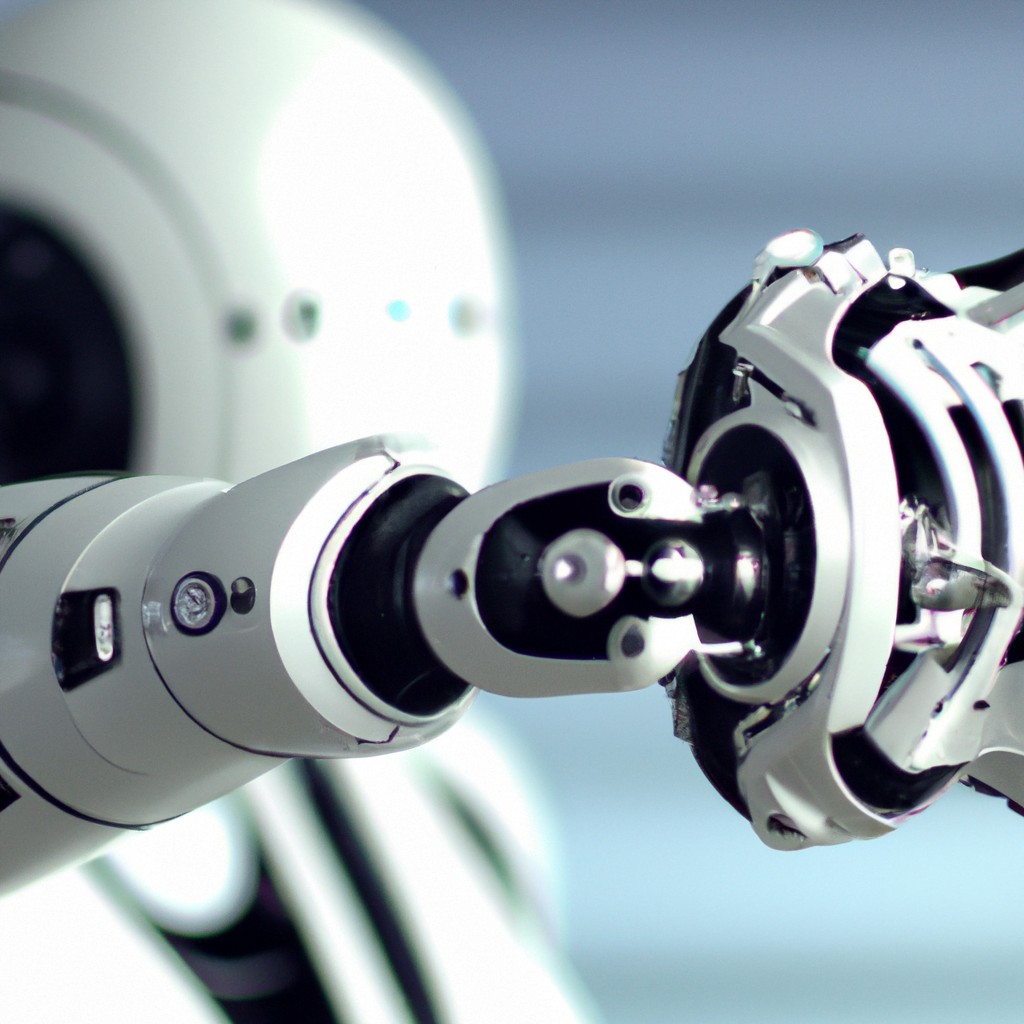Implant helps stroke patient move hand
The researchers at the University of Pittsburgh have discovered that electrical stimulation of the spinal cord is an effective method to restore some level of control to the arm and hands of people who have had a stroke.
Strokes occur when the blood supply to the brain is disrupted, leading to brain cell death, which often results in long-term health problems. In some cases, people retain the desire and intention to move but their brain’s instructions are too weak to activate the nerves controlling movement. The research conducted involved two people, including Heather Rendulic, who has been unable to control her left arm and hand for nine years due to a large stroke. Heather had electrodes implanted in her neck to stimulate parts of her spinal cord.

This stimulation excited her nerves so that they were more receptive to weak electrical signals from the brain. The results were successful, and Heather was able to control her arm and hand movements almost immediately, allowing her to cut and eat a steak independently for the first time in nine years. While the experiment was only designed to last for one month, the researchers believe that the study gives hope for the future, where implants could make significant differences to people’s lives.
However, more clinical trials are needed to determine who will benefit from the treatment and how to move the equipment from the laboratory to the home.



